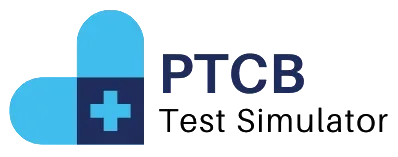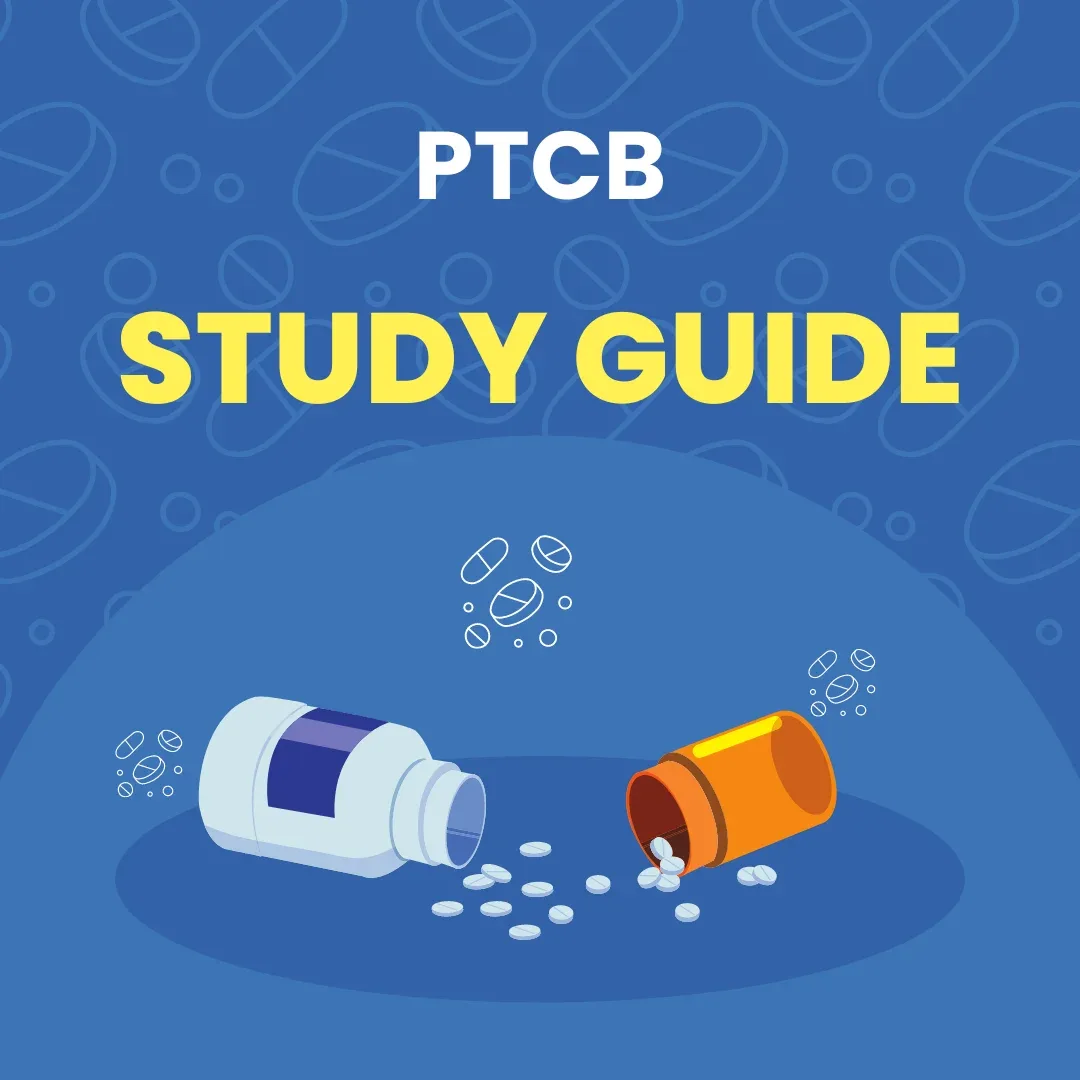Best Pharmacist Schools – PTCB Practice Test 8
We will discuss the best pharmacist schools, PTCB Exam Practice and the prospective future of pharmacist. The pharmacy exam is important and must have requirements to work in the pharmaceutical industry. Every pharmacist in the united states must be certified to work in the retail industry and drug stores.
The world of healthcare is ever-changing and pharmacists are an integral part of a patient’s treatment team; ensuring safe and appropriate use of medicines. To attain the required skills and knowledge, the rigorous path of education and training is followed by all aspiring pharmacists. But which pharmacy school is best for you? To have a successful career in this profession, the right school needs to be selected. In this comprehensive guide, we will discuss the top pharmacist schools in the US including their entrance requirements, fees, course duration, rankings, passing ratios, job ratios, salary of pharmacists, and lots more.
Try More PTCB Exam Practice Test
Best Pharmacist Schools
Before we go into specifics of the individual schools, let us highlight the importance of the right pharmacist school. A pharmacist school is an academic institution that provides accredited programs that ultimately lead to the Doctor of Pharmacy (Pharm.D.) degree. Aspiring students must take into account various factors like accreditation, faculty experience, research opportunities, and facilities (among others) before selecting a pharmacy school.
Entrance Requirements for Pharmacist School
The entrance requirements to pharmacist schools in the US are very competitive and each school dictates their requirements. That being said, the usual prerequisites include pre-pharmacy coursework completion (like biology, chemistry, physics, and mathematics) with emphasis on high GPA scores. On the other hand, standardized test scores like the Pharmacy College Admission Test (PCAT), a letter of recommendation, and a statement of personal objectives (in pursuing pharmacy as a profession) are also usually required.
In the past few years, some of the pharmacy schools have dropped the PCAT as a requirement for admission. Rather they have focused on other criteria like academic records, extracurricular activities and leadership experience, etc. This change was made to encourage diversity and equity in admission while still maintaining the academic aptitude and personal traits of incoming students in pharmacy school.
Fee Structure for Pharmacy Schools
The fee structure in the pharmacist schools differs as per various factors like location, public or private school, and in-state or out-of-state students. Generally speaking, the annual tuition and fees for pharmacy programs fluctuate between $20,000 to $60,000; however other costs like textbooks, lab fees, and room and board must also be taken into account before selecting a pharmacy school.
On the other hand, financial aid like scholarships, grants, loans, and work-study programs are meant to offset the costs incurred in pharmacy education. Most of pharmacy schools offer workshops and resources for pharmacy students to understand the financial aid system and identify various opportunities in funding their education. Students may also qualify for loan forgiveness programs or tuition reimbursement perks from employers or government bodies upon graduation and licensure as pharmacists.
Course Duration for Pharmacist
Generally speaking, pharmacy programs usually take four years to complete and end with the Doctor of Pharmacy (Pharm.D.) degree. The course structure includes a wide spectrum of topics like pharmacology, medicinal chemistry, pharmaceutics, pharmacotherapy, and pharmacy practice. Apart from lectures, the students also attend internships, clinical rotations and experiential learning opportunities in different healthcare facilities.
The initial three years of pharmacy school include foundational coursework in biomedical and pharmaceutical sciences along with introductory pharmacy practice experiences (IPPEs) which expose the students to hands-on pharmacy practice in community, hospital, and ambulatory care facilities. In the final year, the students attend advanced pharmacy practice experiences (APPEs) and demonstrate their knowledge and skills in various clinical settings under the supervision of licensed pharmacists.
Best Pharmacy Schools Ranking
There are various organizations that publish rankings of pharmacist schools including criteria like academic reputation, faculty credentials, research productivity, and student outcomes. Overall, these rankings are a great resource for incoming students to measure the quality and stature of pharmacy programs across the country.
Some of the highest-ranked pharmacist schools in the US include:
- University of California, San Francisco (UCSF)
- University of North Carolina at Chapel Hill (UNC)
- University of Michigan, Ann Arbor
- University of Texas at Austin
- University of Minnesota, Twin Cities
- Purdue University, West Lafayette
- Ohio State University, Columbus
- University of Southern California (USC)
- University of Washington, Seattle
- University of Illinois at Chicago (UIC)
Free PTCB practice tests are available with new questions of 2024 and 2023 exam, that will help you in becoming a certified pharmacy technician.
Passing and Job Ratio: Education to Work
After finished their Pharm. D. program, they must take and pass the North American Pharmacist Licensure Examination (NAPLEX) and the Multistate Pharmacy Jurisprudence Examination (MPJE) in order to be licensed and to practice as a pharmacist in the US. The passing rates of these exams differ among the pharmacist schools and can be used as benchmarks of program excellence. Furthermore, the pharmacist schools with excellent connections with the industry and career services programs in place can brag about greater job placement ratios for their graduates.
The pharmacy graduates seek many career options in various practice settings and they include the community pharmacies, hospitals, clinics, long-term care, drug industry, government, academia, and research facilities. The job markets for pharmacists are very strong due to several reasons including growing population, aging population, increasing health care services, and growth in pharmaceutical sciences and technology.
Pharmacist Salary: The Worker’s Reward
Pharmacists are considered among the best-paid healthcare practitioners and the salary differences rely upon several factors including experience, work location, area of specialization, and employer. The US BLS reported the median annual salary of pharmacists was $128,710 in May 2020. Pharmacists employed in hospitals, outpatient care centers, and drug manufacturing earned greater salaries than those working in retail pharmacies.
In summary, pharmacist schools serve as the foundation for aspiring pharmacists to acquire the knowledge, skills, and credentials needed to excel in this esteemed profession. Through dedication, hard work, and a commitment to lifelong learning, graduates of pharmacist schools contribute to the advancement of healthcare and the well-being of patients across the nation.



